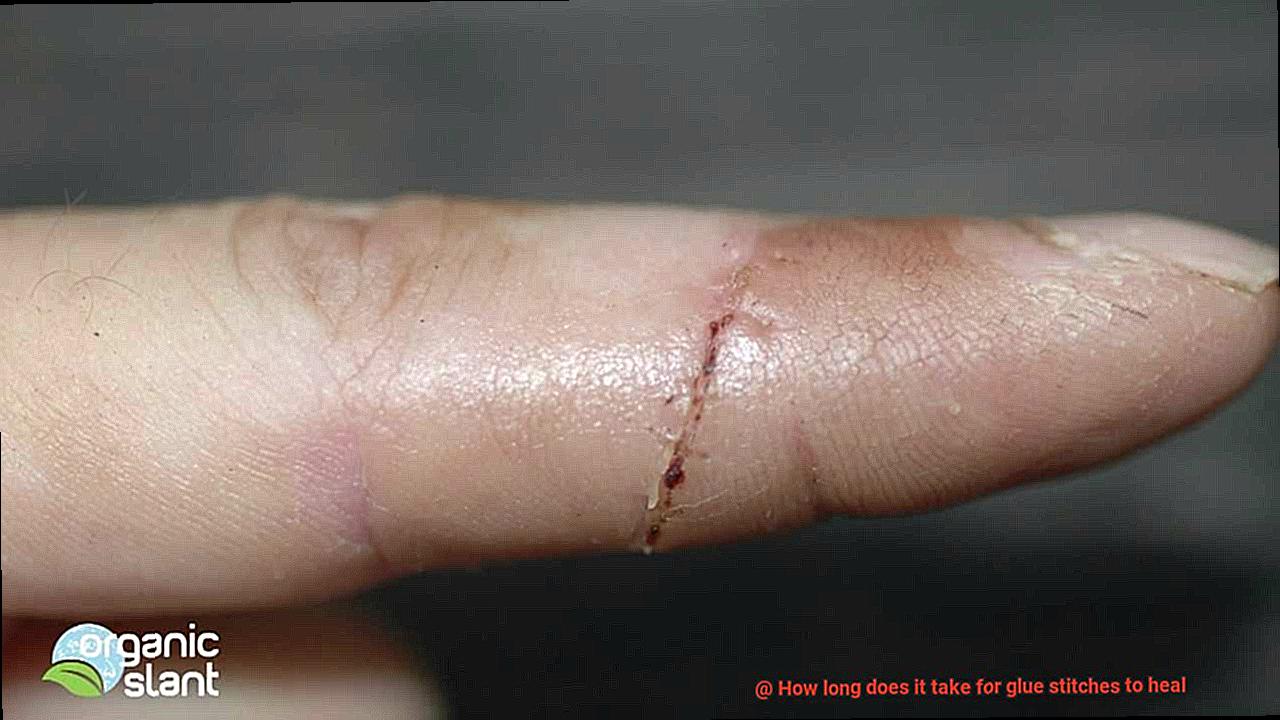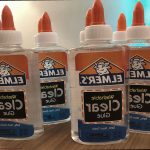Imagine this: you’re hustling through your day, juggling a million things, when suddenly, a clumsy slip leads to a nasty gash on your finger. Ouch. In that moment of panic, the burning question on your mind is, “How long will it take for this to heal?” Luckily, thanks to medical advancements, we now have glue stitches as a quick and pain-free alternative to traditional sutures. But just how long does it take for these magical adhesive wonders to work their healing magic?
In this blog post, we’ll dive deep into the world of glue stitches – from their application process to their effectiveness – and answer the all-important question: how long does it take for them to heal? So whether you’ve recently had glue stitches or you’re simply curious about this modern approach to wound closure, join us as we uncover the timeline for recovery and the factors that influence the healing process.
Disclaimer: While this article aims to provide general information about glue stitches, keep in mind that everyone’s experience may vary. For personalized advice and guidance, always consult a healthcare professional. Now let’s get started.
Factors that Affect Healing Time
Contents
- 1 Factors that Affect Healing Time
- 2 How to Care for the Glued Area
- 3 Common Symptoms of Healing
- 4 Advantages of Glue Stitches
- 5 When to Seek Medical Attention
- 6 How to Follow Post-Operative Care Instructions
- 7 When Do Glue Stitches Need to be Removed?
- 8 Follow-up Appointments After Glue Stitch Removal
- 9 Conclusion
Have you ever wondered how long it takes for glue stitches to heal? Glue stitches, also known as tissue adhesive or surgical glue, are a popular alternative to traditional sutures or staples for closing wounds. They offer several advantages, including less scarring and a faster healing time. But what factors affect the healing time for glue stitches? Let’s explore.
- Location of the wound: The location of the wound plays a crucial role in determining healing time. Wounds in areas with higher blood flow, like the face or hands, tend to heal faster compared to wounds in areas with lower blood flow, such as the lower legs or feet. Increased blood flow supplies essential nutrients and oxygen to the wound site, promoting faster healing.
- Size and depth of the wound: The size and depth of the wound also impact healing time. Larger and deeper wounds require more extensive tissue repair, leading to a longer healing period. Additionally, deeper wounds may have a higher risk of infection, which can further delay the healing process.
- Patient’s overall health: The patient’s overall health plays a significant role in how quickly glue stitches heal. Individuals with pre-existing medical conditions like diabetes or compromised immune systems may experience delayed healing due to reduced blood circulation or impaired immune response. Factors like smoking, poor nutrition, and obesity can also hinder the healing process.
- Age: Age is another factor that influences healing time for glue stitches. Younger individuals tend to heal faster than older adults due to more efficient cellular processes and better tissue regeneration capabilities. Older adults may experience slower healing due to age-related changes in their body’s natural healing mechanisms.
- Wound care and management: Proper wound care and management are essential for promoting optimal healing of glue stitches. Following medical instructions regarding cleaning the wound, changing dressings regularly, and avoiding activities that strain the stitches are vital steps towards a speedy recovery. Neglecting proper wound care can lead to complications like infection or reopening of the wound, prolonging the healing time.
- Type of glue used: The type of adhesive used for glue stitches can also impact healing time. Some adhesives dissolve naturally over time, while others may require manual removal. Adhesives that dissolve naturally tend to have a shorter healing time as they eliminate the need for stitch removal.
In general, it takes about 5 to 10 days for glue stitches to heal completely. During this time, the glue gradually breaks down and is absorbed by the body. It is important to keep the glued area clean and dry to prevent infection and promote proper healing.
Remember, healing times can vary from person to person. If you experience worsening symptoms or signs of infection, it is crucial to seek medical attention. Consulting with a healthcare professional will ensure accurate assessment and guidance throughout the healing process.
How to Care for the Glued Area
Glue stitches, also known as tissue adhesive or surgical glue, are a special way to close wounds. But once you have glue stitches, how do you take care of the glued area? Well, I’m here to tell you all about it.
Keep it clean and dry
The first and most important step is to keep the glued area clean and dry. This is crucial to prevent infection and promote healing. Avoid getting it wet for at least the first 24 to 48 hours after the procedure. No swimming, taking baths, or excessive sweating. Moisture can loosen the glue and increase the risk of infection. So, be cautious and protect your wound like a precious gem.
Gentle cleaning
Now that we know the glued area needs to stay dry, how do we clean it? Gently clean the glued area with mild soap and water using a soft cloth or sponge. Don’t scrub or rub too hard, as this can disrupt the healing process. Treat your wound delicately, like a fragile flower in need of care. After cleaning, pat the area dry gently with a clean towel. Remember, a gentle touch goes a long way.
No picking or scratching
It’s essential to resist the urge to pick at or scratch the glued area. I know it can be tempting when it starts to itch, but trust me, scratching will only make things worse. When you scratch, you risk damaging your delicate skin and prolonging the healing process. If it gets itchy, ask a healthcare professional for help. They may recommend antihistamines or other remedies to soothe the itch without interfering with your healing progress.
Protect from friction
Your glued area needs some extra protection from irritation and friction. To achieve this, avoid wearing tight clothing or accessories that might rub against the wound. Opt for loose-fitting clothes made of breathable fabrics to promote healing. Give your wound some space to breathe and recover. You wouldn’t want anything hindering your journey to a clean and healthy wound, would you?
Antibiotic ointment
Applying an antibiotic ointment or cream can be beneficial in preventing infection and speeding up healing. It creates a protective barrier and keeps bacteria at bay. However, it is crucial to follow the instructions given by your healthcare professional on how often and how long to apply it. Don’t go overboard with the ointment; a little goes a long way. Trust in the power of this magical potion to keep your wound safe from harm.
Common Symptoms of Healing
When it comes to healing after glue stitches, it’s important to know what to expect during the recovery process. So, let’s dive into the world of glue stitches and explore the common symptoms of healing in more detail.
First and foremost, let’s talk about pain and discomfort. Initially, after the procedure, you may experience some mild ouchies at the wound site. But fear not. This discomfort should gradually fade away as your body works its healing magic.
Next on the list is the closure of the wound edges. Over time, you’ll notice that the edges of your wound start sticking together like best buddies. This is a great sign that proper healing is happening and the wound is sealing itself.
Now, don’t be alarmed if you see a bit of redness and swelling in the early stages. Your body’s immune system is just doing its thing by fighting off potential infections and promoting healing. These symptoms should calm down within a few days as your body works its magic.
Ah, the itchiness. It’s a common part of the healing process, my friends. Your body’s inflammation response can cause a bit of an itch, but please resist the urge to scratch or pick at the wound. We wouldn’t want any complications or delays in your healing journey.
As time goes on, you’ll start to notice a decrease in any drainage or ooze from the wound. A little bit of clear fluid is normal, but if things start looking more like a science experiment or smell funky, it’s time to seek medical attention.
Now, let’s talk scabs. Yes, they’re not just for knees and elbows. The development of a scab or crust over your glue-stitched wound is perfectly normal and actually beneficial. This protective barrier helps keep out bacteria and aids in healing. Just remember not to pick at it prematurely—let nature do its thing.
Lastly, as your wound continues to heal, you may notice a fading of any redness or discoloration around the glued area. This is a positive sign that things are progressing well. However, keep in mind that some scars may still be visible after everything is said and done.
By keeping an eye out for these common symptoms of healing after glue stitches, you’ll have a better understanding of what’s going on during your recovery. And remember, always follow the post-operative instructions given by your healthcare professional for the best healing results.
Advantages of Glue Stitches
Glue stitches, the modern alternative to traditional needle and thread stitches, offer a plethora of advantages that make them a game-changer in wound closure. So, what exactly are the advantages of glue stitches? Let’s dive into the details.
First and foremost, glue stitches eliminate the need for suture removal. Say goodbye to that extra trip to the doctor’s office. Traditional stitches require a follow-up visit to have them taken out, but not glue stitches. These magical adhesive wonders simply dissolve on their own over time, saving you precious time and inconvenience.
In terms of pain and discomfort, glue stitches take the lead. The application of glue is less invasive than a needle and thread, resulting in less pain during the procedure. And when it’s time for removal, there’s no pulling or tugging involved, making for a much gentler experience. So you can breathe a sigh of relief knowing that your healing process will be more comfortable.
But that’s not all. Glue stitches also reduce the risk of infection. How? The adhesive forms a protective barrier over the wound, keeping bacteria at bay. This is particularly beneficial for wounds in areas prone to contamination, such as the hands or feet. Rest easy knowing that your healing process is on the right track.
Now let’s talk about aesthetics. Glue stitches offer improved cosmetic outcomes compared to traditional stitches. The transparent adhesive dries quickly, resulting in a less noticeable scar once your wound has healed. This is especially helpful for wounds in visible areas like your face or neck. So if you’re concerned about how your wound will look after healing, glue stitches have got you covered.
But wait, there’s more. Glue stitches also promote faster healing. The adhesive securely holds your wound edges together, allowing for efficient healing without the risk of separation. This means you can get back to your normal activities in no time.
And let’s not forget about patient comfort. With glue stitches, you can say goodbye to those uncomfortable threads and knots. No more worries about stitches rubbing against your clothing or getting caught on objects. It’s all about a smoother healing process and a happier patient.
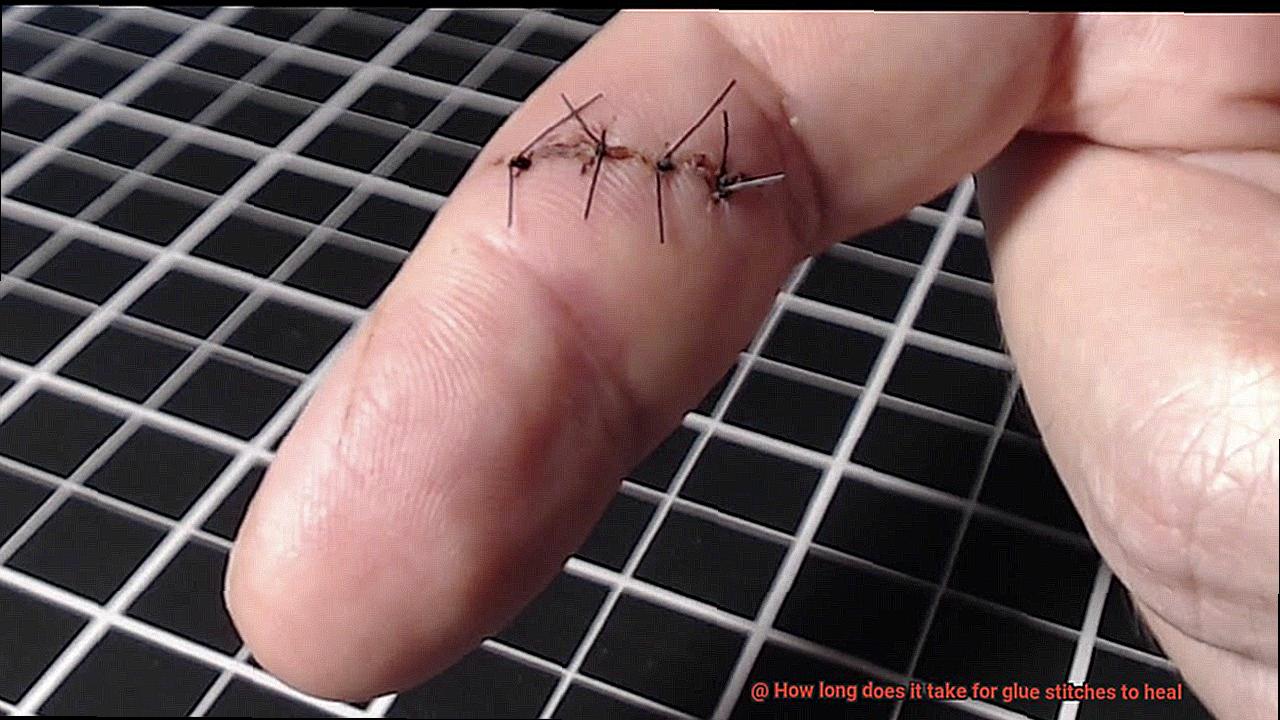
Oh, and did I mention versatility? Glue stitches can be used in a wide range of wounds, from lacerations to surgical incisions and even certain types of burns. They’re suitable for small and large wounds alike, making them a flexible option for various medical procedures.
When to Seek Medical Attention
Glue stitches, also known as tissue adhesive, offer a convenient and effective way to close wounds. While they generally heal smoothly, it’s crucial to know when it is necessary to seek medical attention after getting glue stitches. This guide will provide you with valuable information on the signs that indicate the need for professional evaluation, ensuring your healing process remains safe and efficient.
Signs that warrant medical attention:
- Signs of infection: Keep a close eye on the wound for increased redness, swelling, or a pus-like discharge. These could be signs of an infection that requires medical treatment.
- Excessive pain or discomfort: While some discomfort is normal after any wound closure procedure, persistent or worsening pain that doesn’t respond to over-the-counter pain medication should be evaluated by a doctor.
- Uncontrolled bleeding: If the wound continues to bleed despite applying pressure for an extended period, seek immediate medical attention. This could signify an underlying issue that needs professional evaluation.
- Premature opening or detachment: If the glue comes off prematurely or the wound opens up, it is advisable to have it examined by a healthcare provider. They can assess the situation and determine if any intervention is necessary to prevent complications.
- Allergic reactions: Although rare, some individuals may experience allergic reactions to the adhesive used in glue stitches. If you notice symptoms such as itching, rash, or difficulty breathing, seek immediate medical attention as this could be an emergency situation.
- Chronic health conditions: Individuals with chronic health conditions like diabetes or compromised immune systems should consult their doctor if they have any concerns about the healing process. These conditions may require additional monitoring and care to ensure proper healing.
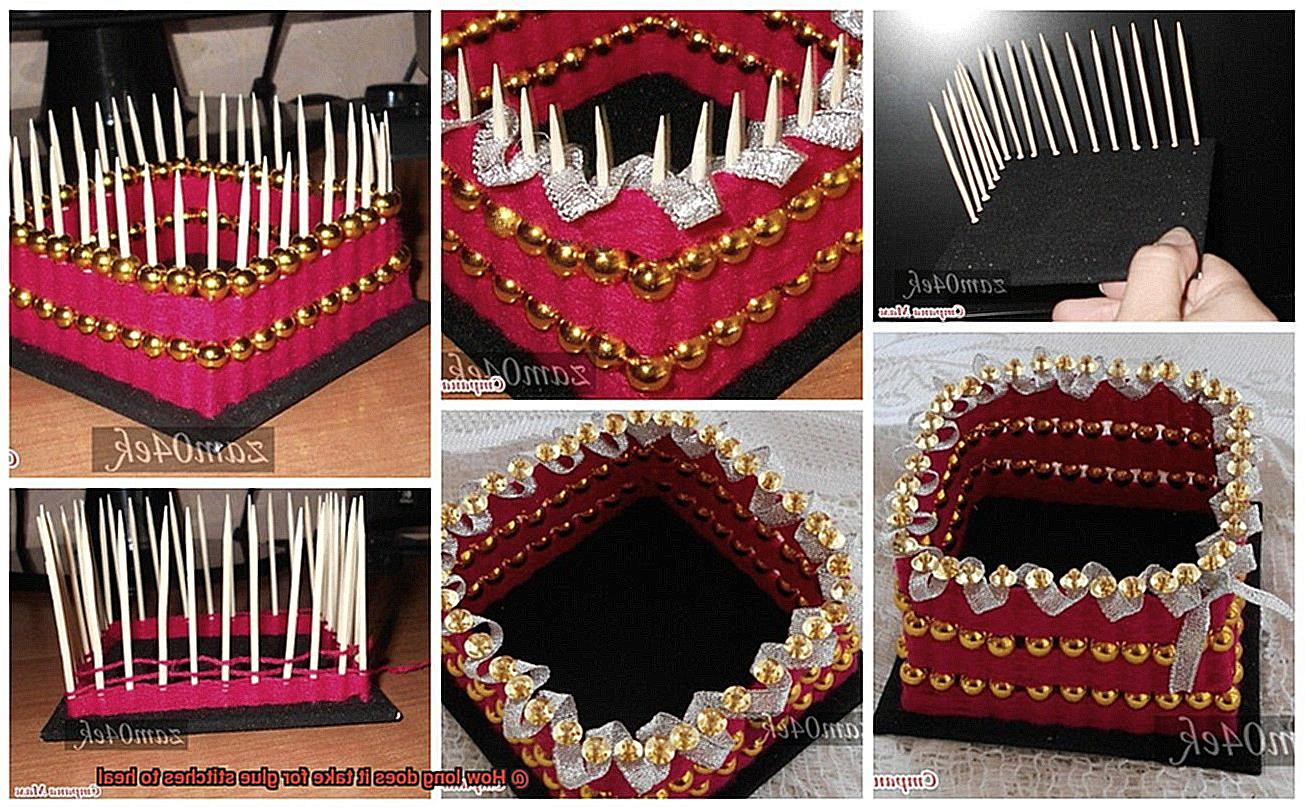
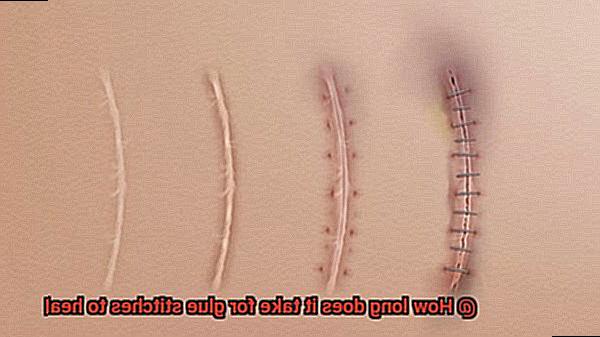
How to Follow Post-Operative Care Instructions
Now it’s time to give those little heroes the tender loving care they deserve. Following post-operative care instructions is crucial for your healing and recovery. So, let’s dive into the details and learn how to take care of your glue stitches like a superhero.
Listen Attentively and Ask Questions:
When your doctor or nurse provides you with post-operative care instructions, pay close attention and don’t hesitate to ask questions if something is unclear. These instructions are specifically tailored to your needs, so it’s essential to understand them thoroughly and follow them diligently, just like a superhero follows their mission.
Keep Them Clean and Dry:
To ensure the happiness of your glue stitches, it’s important to avoid getting them wet for a specific period of time as instructed by your healthcare provider. Use gentle cleansers or solutions recommended by your doctor to keep the surgical area clean and free from germs.
Handle with Care: Tips for Wound Care:
Depending on the location of your glue stitches, you may need to change dressings or apply ointments as directed. Remember, scratching or picking at the stitches is a big no-no. Treat them delicately, like precious treasures, and they’ll heal like magic.
Managing Discomfort:
Pain after surgery can be unpleasant, but fear not. Your healthcare provider will provide you with pain medications or suggest over-the-counter options to help manage any discomfort. Make sure to take them exactly as prescribed or directed.
Be Vigilant for Trouble:
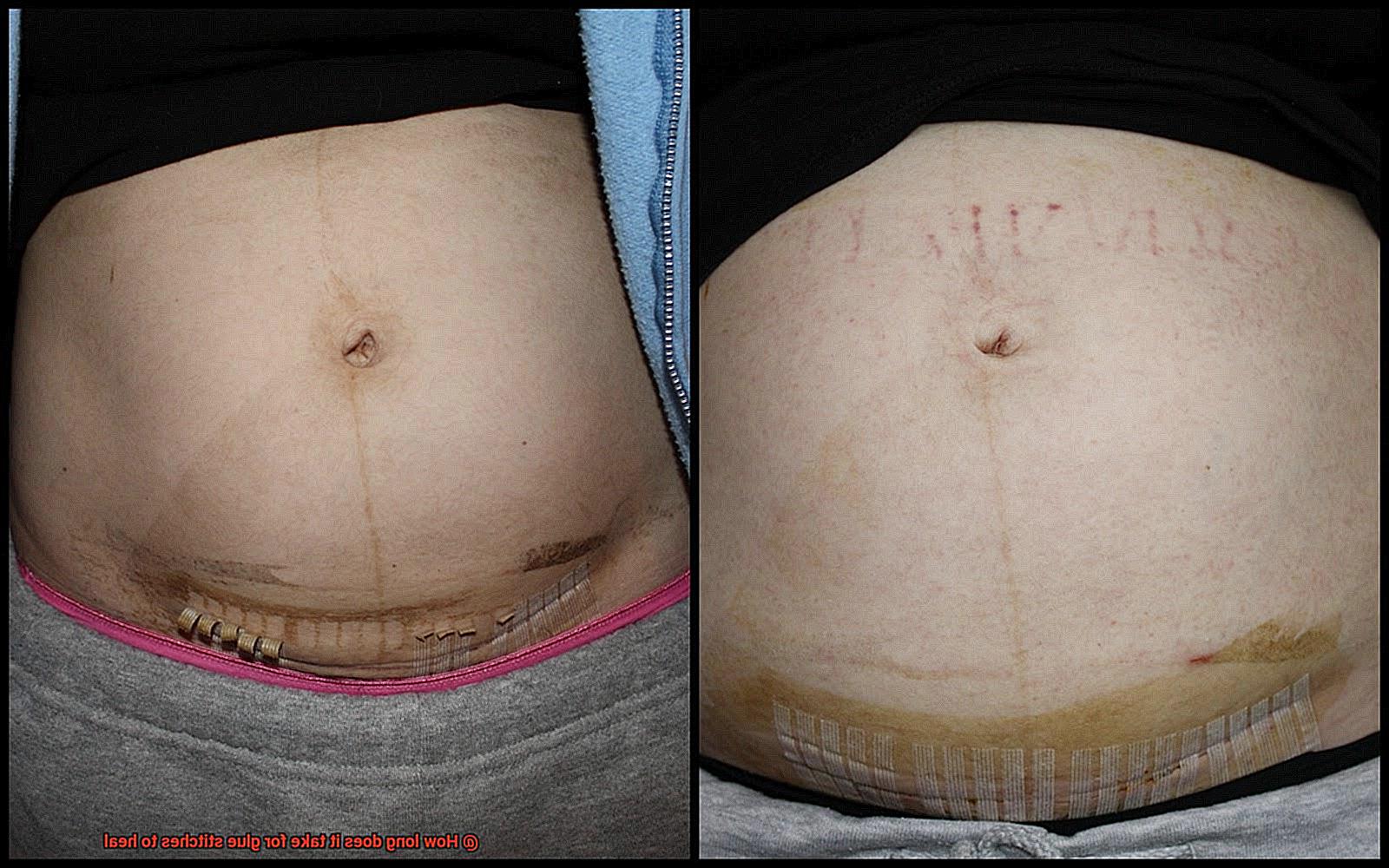
Just like superheroes keep an eye out for danger, you should do the same. Regularly check the surgical site for signs of infection such as redness, swelling, increased pain, discharge, or fever. If you notice any of these symptoms, contact your healthcare provider immediately.
Rest and Nourish Your Body:
Your body needs time to recover, so make sure to get plenty of rest and consume a balanced diet filled with nutritious foods. Your healthcare provider may also provide guidance on activities to avoid or modify during the recovery period, so pay attention and take it easy.
Don’t Skip Follow-Up Appointments:
Don’t forget to schedule and attend follow-up appointments with your healthcare provider. These appointments are crucial for monitoring the healing process of your glue stitches, ensuring everything is progressing well, and addressing any concerns or complications that may arise.
When Do Glue Stitches Need to be Removed?
Glue stitches, also known as adhesive or liquid stitches, are a modern alternative to traditional sutures or staples for closing wounds. While these magical stitches can work wonders for small, superficial wounds, it’s important to understand when they need to be removed. In this guide, we’ll explore the fascinating world of glue stitches and uncover when it’s time to bid them farewell.
The Superpower of Glue Stitches:
Glue stitches are the superheroes of wound closure. They hold the edges of a wound together, promoting natural healing without the need for removal. These incredible stitches are commonly used for small, superficial wounds like lacerations or surgical incisions. Their superpowers include less scarring, reduced pain during removal, and faster application time.
Choosing the Right Wound for Glue Stitches:
Not all wounds are suitable for glue stitches. Deep or large wounds require a different approach. Similarly, areas with excessive movement or tension may need an alternative closure method. Wounds at high risk of infection also call for a different strategy.
The Healing Process:
The speed of healing for glue stitches depends on various factors, including wound size, location, and individual healing abilities. Generally, small wounds closed with glue stitches take around 5 to 10 days to heal completely. During this time, the glue gradually breaks down on its own.
Signs that Call for Removal:
Glue stitches are designed to fade away like a superhero’s secret identity. However, if signs of infection appear, it’s time to seek medical attention promptly. Increased pain, redness, swelling, pus drainage, or fever are all signals that something is amiss and the glue stitches may need to be removed.
Early Removal Considerations:
Sometimes, even superheroes need assistance. Healthcare professionals may opt for early removal of glue stitches if there are concerns about wound healing or excessive tension on the wound. Trust their expertise to ensure the best outcome.
Becoming a Wound Care Superhero:
To heal like a true superhero, proper wound care is essential. Follow the instructions provided by your healthcare professional diligently. Keep the wound clean and dry, steer clear of tension on the wound site, and protect it from further injury. By embracing your inner superhero and taking good care of your wound, you’ll ensure a speedy and successful healing process.
Follow-up Appointments After Glue Stitch Removal
Glue stitches, those magical wonders that hold our wounds together, bring with them a healing journey that doesn’t end with their removal. Today, we embark on a quest to unravel the importance of follow-up appointments after glue stitch removal. So, fasten your superhero capes and join us on this fascinating exploration.
Monitoring Healing Progress:
Once the glue stitches bid adieu, the journey to full recovery begins. To ensure a smooth path, it is crucial to schedule follow-up appointments with your healthcare provider within a week or two. These appointments serve as checkpoints to closely monitor the progress of healing and address any concerns that may arise.
Addressing Concerns and Complications:
During these follow-up appointments, your healthcare provider becomes the vigilant guardian of your wound site. They perform thorough check-ups, scanning for any signs of infection, evaluating proper closure, and assessing overall healing. If any concerns or complications emerge, they swiftly address them to preserve your health.
Removing Adhesive Residue:
As the glue stitches bid farewell, there might be remnants of adhesive residue or debris left behind. Fear not. During these follow-up visits, your healthcare provider diligently eradicates these remnants, ensuring a clean and pristine healing environment.
Additional Treatments or Interventions:
Sometimes, the healing process may deviate from its intended course. In such cases, your provider may recommend additional treatments or interventions tailored to accelerate healing and ensure optimal results.
Home Care Instructions:
Armed with knowledge and expertise, your healthcare provider equips you with essential instructions for at-home wound care. These instructions encompass maintaining cleanliness and dryness, avoiding activities that strain or reopen the wound, and diligently applying prescribed medications or dressings.
Attending all scheduled follow-up appointments becomes the key to unlock the full potential of those superhero glue stitches. By doing so, you embark on a successful healing journey, minimizing the risk of complications and maximizing your chances of a full recovery.
OccEZuwN6a4″ >
Conclusion
The healing time for glue stitches can vary depending on several factors. On average, it takes about one to two weeks for the glue stitches to fully heal. However, it’s important to note that individual healing times may differ.
During the healing process, the glue stitches gradually dissolve and fall off on their own. This natural process allows the skin underneath to heal and regenerate. It’s crucial to avoid picking or scratching at the glue stitches as this can disrupt the healing process and potentially lead to infection.
To promote faster healing, it’s recommended to keep the area clean and dry. Avoid excessive moisture or exposure to water, as this can weaken the adhesive properties of the glue stitches. Additionally, protecting the area from direct sunlight and avoiding strenuous activities that may strain or stretch the skin can also aid in a quicker recovery.
If you experience any signs of infection such as increased pain, redness, swelling, or discharge from the wound site, it’s important to seek medical attention immediately. In some cases, your healthcare provider may recommend removing or replacing the glue stitches if they are not healing properly.
In conclusion, while there is no exact timeline for how long it takes for glue stitches to heal, following proper care instructions and monitoring for any signs of complications will help ensure a smooth recovery process.

